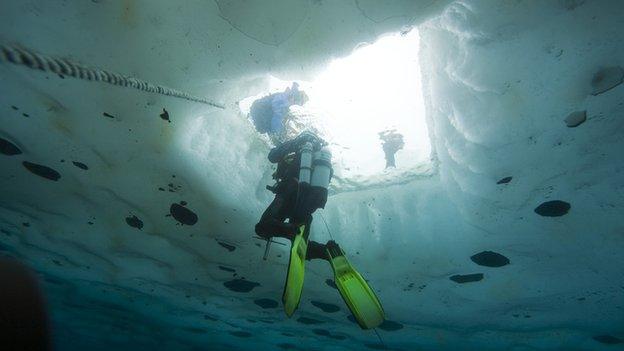Arctic ocean's wakeful winter revealed
- Published
Midnight feast: the corpse of an Atlantic cod lures a remarkable cast of characters out of the blackness (footage: Piotr Balazy, Institute of Oceanology, Polish Academy of Sciences)
Far from falling into quiet, darkened slumber, the waters of the Arctic are bustling with activity during the long polar night - from brightly glowing krill to seabirds on the hunt.
This little-known world was catalogued over three winters in a Svalbard fjord by a team of about 100 scientists.
The effort included underwater filming, biodiversity counts, and analysis of fish and bird stomach contents.
The results are reported in the journal Current Biology, external.
"Almost all our investigations have been during the light part of the year," said senior author Prof Jorgen Berge, from the Arctic University of Norway and the University Centre on Svalbard.
"We have basically assumed that when it is dark, there is no primary production and there is no activity. The system is just waiting for the light to return."
The reality, captured by Prof Berge's team in an icy inlet called Kongsfjorden, is anything but dormant.
Many species of tiny critters were actively reproducing, shellfish continued to feed and grow, and even many species of predator were still chasing down their meals.
Among those were a surprising number of seabirds, including auks and guillemots, remaining in the Arctic instead of flying south - and somehow fishing in the dark.
"They are not individuals that are left behind and about to die," Prof Berge told the BBC. "They are doing well, they find their food in the dark. Many of them had very full stomachs."
Wintry work
As well as surveying the variety of life on display, the team measured rates of respiration and reproduction. They even found some levels of activity that were higher than those observed during the summer months.
"We actually saw increased biodiversity in the shallow water, connected to kelp beds," Prof Berge said.
The cameras captured a seabird diving for prey and a glowing, shimmering ctenophore (footage: Robert Staven / NTNU)
Researchers from seven countries were involved in the freezing fieldwork, including classes of students from a postgraduate course.
Among them on the first winter expedition, in January 2013, was Dr Kim Last from the Scottish Association for Marine Science.
"[Our results] are fairly contrary to what most people have always thought, and in many ways, that's primarily because people haven't looked," he said. "The Arctic winter is a pretty serious place to work."
But the scale of what the team was discovering became apparent pretty quickly.
"Every time the divers came up with film footage and showed it to us, it was just incredible. There was lots of feeding going on, with seabirds diving... That was a complete surprise."
The trip was repeated in January 2014 and 2015, to confirm and expand the observations over three winters.
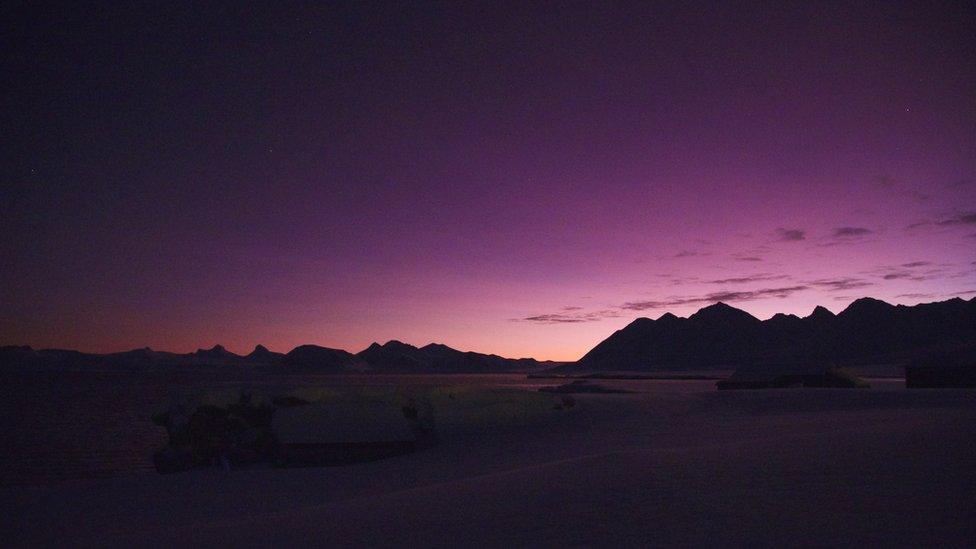
The polar night in Svalbard lasts fourth months
According to Prof Berge, it is unclear how much of the activity is a result of gradually increasing temperatures. For one thing, the Arctic's shrinking ice cover made the study more feasible.
"If you go back 10 years, the fjords would freeze up at that time of year, and this wouldn't have been possible at all," he said.
Beneath that ice, it is difficult to know how different the fjord of years past might have been. But it is not unusual, Prof Berge said.
"We have instruments and sensors in other parts of the Arctic that basically show the same things that we've studied 'in situ' at Kongsfjorden.
"At the same time, there has been warming. We have less sea ice, we have more influence of warmer Atlantic water masses - and that will also have influenced the system."
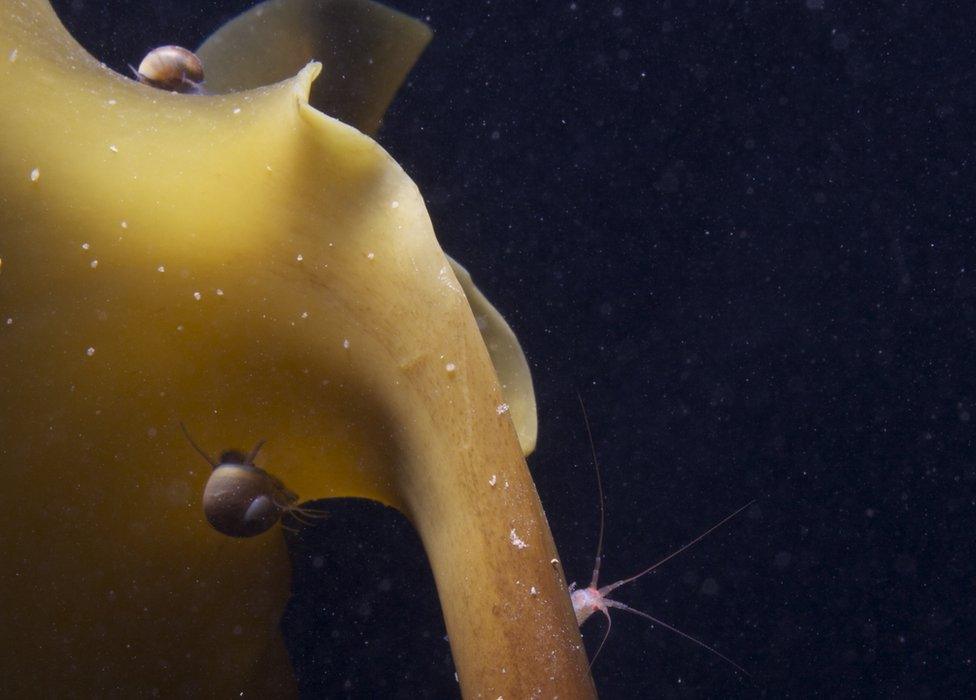
The researchers saw an increased variety of animal life among kelp fields in the shallows
Whatever its history, this winter activity shows that there is no good time to disturb the Arctic environment, he added.
In contrast to an old view that marine life tended to migrate downward and "turn off" in the dark months - Prof Berge said his new findings suggest that winter might actually be the most vulnerable season.
"You find an aggregation at the surface, you find increased levels of eggs and early life stages in the shallows... You have a system that is most likely to be more sensitive to disturbance or accidents during the darkness than during the light part of the year."
Dr Donatella Zona, an Arctic ecologist at the University of Sheffield, was pleased to see fresh findings from deep in the polar night.
"It's surprising to see that the rates are so high - that the level of activity is comparable to what's there in the summer. That is impressive," she told the BBC.
"But it's not very surprising that there is activity during the cold period. The main problem is that there are so few data. It's very hard to quantify, because we are relying on so few measurements."
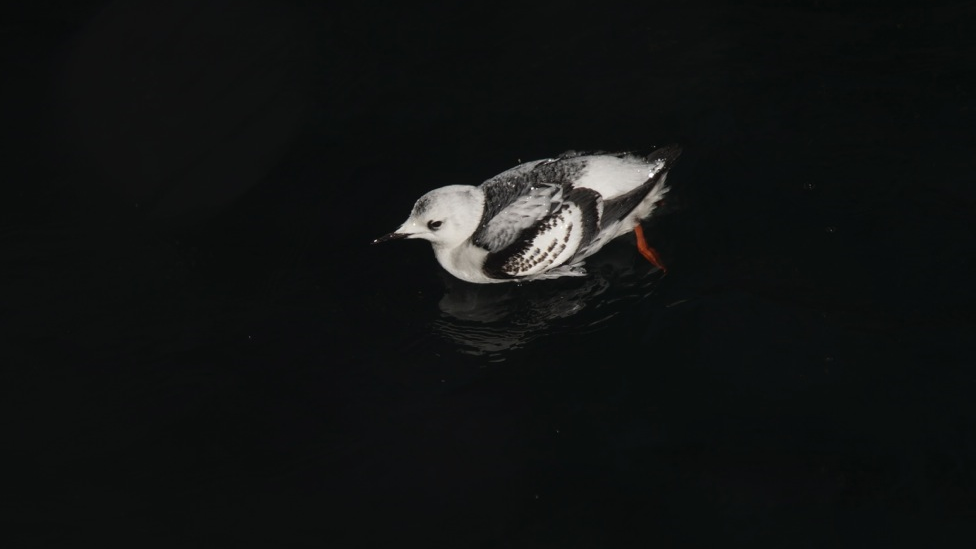
Scientists do not know how many birds, like this black guillemot, remain so far north for the winter
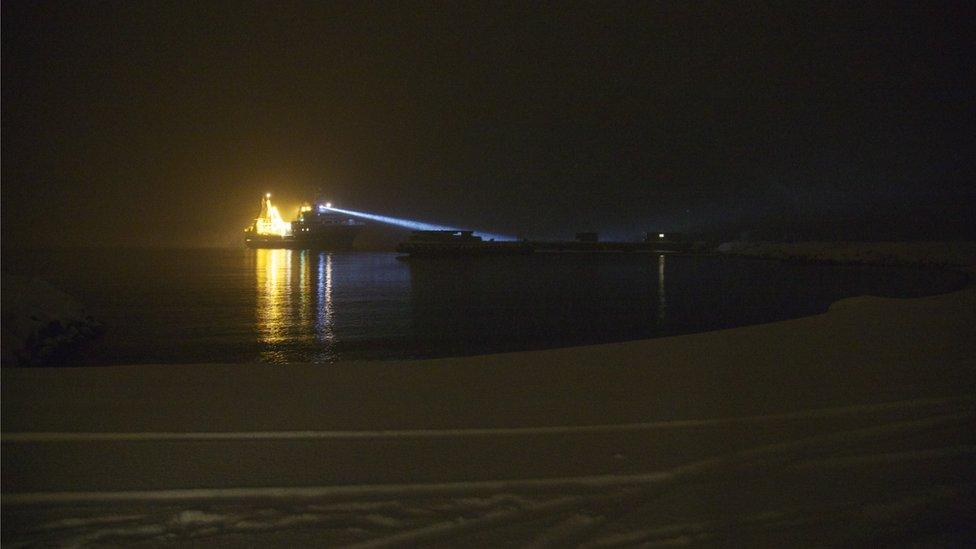
The work was done from a research vessel, as well as the shores of the fjord
The British Antarctic Survey's Prof Peter Convey agreed that the polar winter was an "unappreciated season", and was unsurprised by the myriad goings-on described in the new study.
"In essence, the sea is cold all year round. So if you're not light dependent, you can be active. There's not that much reason to expect complete inactivity in the winter, in the sea," he said.
But even on land, terrestrial ecologists like Prof Convey himself "tend to ignore" winter activity.
"We're just there for that really nice bit in the Arctic, when all the flowers are out and everything's looking very lush and active.
"A lot does go on in winter, and we don't pay enough attention to it."
Follow Jonathan on Twitter, external
- Published16 July 2015
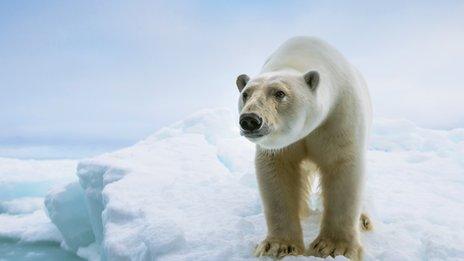
- Published30 June 2015
